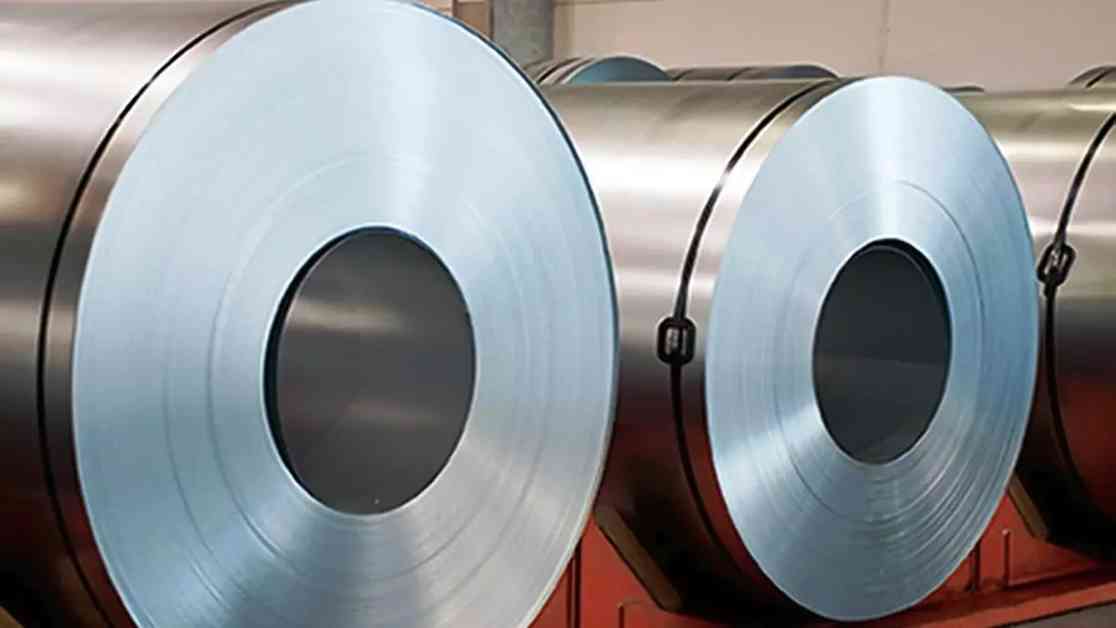Global Tin Prices Surge Amid Supply Shortages and High Demand
The global tin market is currently experiencing a surge in prices as a result of tight supplies and increasing demand, experts have confirmed. This rise in tin prices, which reached a two-year high last month, is expected to persist in the coming months as supply constraints continue to tighten.
According to Tom Langston, a Senior Research Analyst at the International Tin Association (ITA), Indonesian tin exports are anticipated to decline significantly in January due to delays in export permits caused by the New Year festivities. Additionally, smelters in China are facing feedstock shortages, leading to extended production breaks during the Spring Festival.
Meanwhile, the Man Maw mine in Myanmar, which contributes nearly all of the country’s tin supply, has not resumed operations despite the lifting of the mining ban on January 4, 2024. This situation, coupled with ongoing disruptions in Indonesian tin exports, has further exacerbated the global tin supply crunch.
Data from Indonesia’s Ministry of Trade reveals a 21.6% year-on-year decline in refined tin exports in December 2024, underscoring the challenges faced by the industry. Similarly, lower-than-expected activity in major tin mines in Myanmar has constrained ore availability for Chinese smelters, defying earlier expectations of a recovery in tin output in the region.
Price Projections and Market Outlook
Despite these supply constraints, tin prices have started the year on a strong note, with the LME 3-month price rising by 3.5% in January. BMI, a leading research agency, maintains its annual average tin price forecast for 2025 at $32,000/tonne, reflecting the bullish sentiment in the market.
As of now, the three-month tin contract on the London Metal Exchange is trading at $30,450 per tonne, slightly below its two-year peak. BMI attributes this price surge to a combination of growing demand and persistent supply shortages, projecting a 3% year-on-year growth in global refined tin consumption for 2025.
The semiconductor industry, a major consumer of refined tin for electronics soldering, accounts for over half of tin consumption worldwide. With global semiconductor sales expected to continue rising amid escalating US-China tech tensions, the demand for tin is likely to remain robust.
Long-Term Market Trends and Economic Indicators
Looking ahead, experts anticipate a continued uptrend in tin prices as the global market grapples with dwindling stocks and a tightening supply-demand balance. The Communist government in China, in response to geopolitical uncertainties, is ramping up investments in domestic chip manufacturing to reduce reliance on foreign sources of integrated circuits.
Despite mixed signals from the manufacturing sector in China, with recent data pointing to a contraction in activity, the overall outlook for tin prices remains positive. Global tin stocks have begun to decline, particularly at the Shanghai Futures Exchange, signaling a potential supply crunch in the long run.
In conclusion, the tin market is poised for sustained growth driven by rising demand and constrained supplies. The resilience of the semiconductor industry, coupled with geopolitical shifts and market dynamics, will continue to shape the trajectory of tin prices in the months to come.























